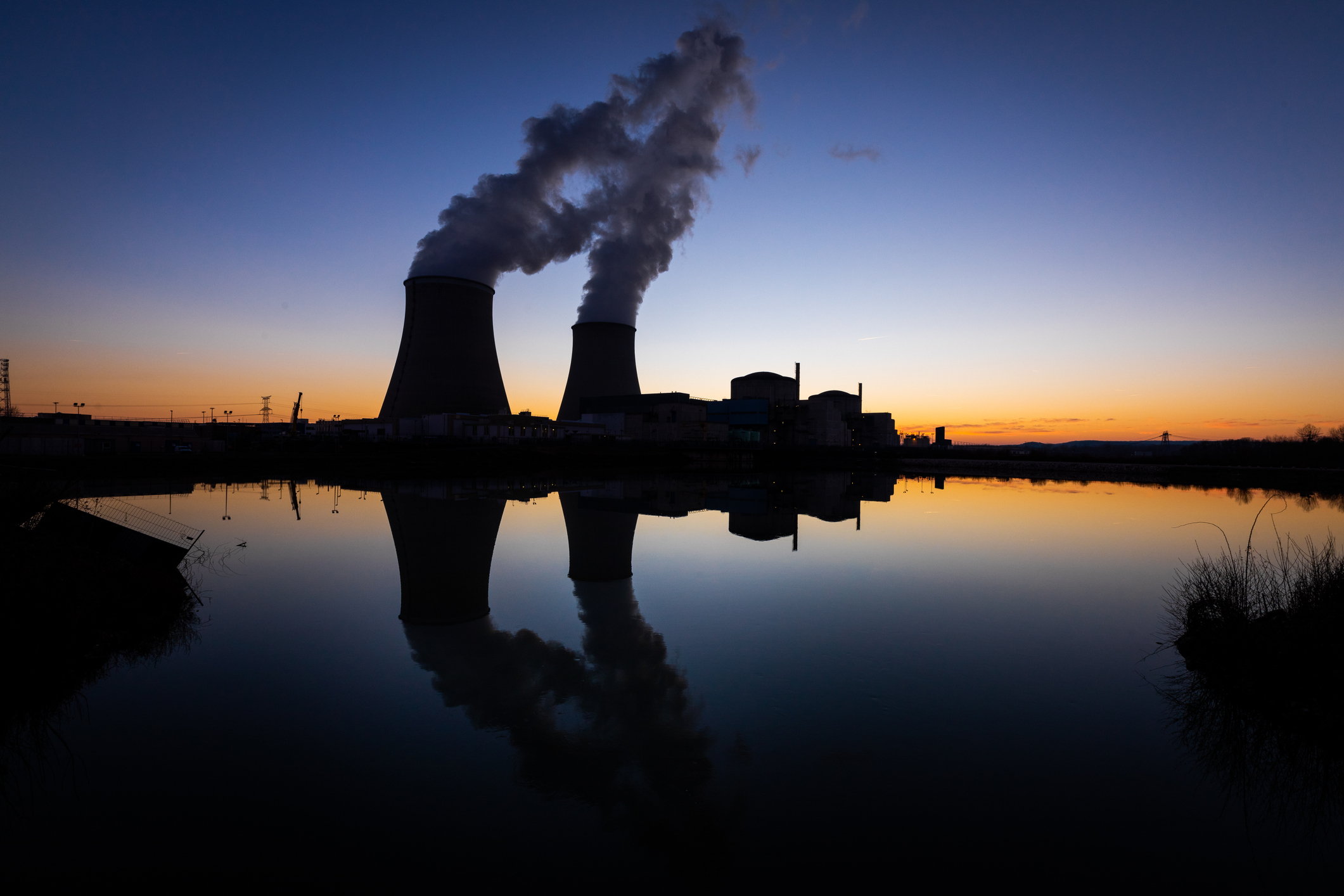Nuclear power is a low-carbon energy source that could help the world transition away from fossil fuels. However, some argue that nuclear power plants are too expensive to build. This article compares the cost of building nuclear power plants in the U.S. and U.A.E. to show that nuclear energy can be affordable in the right regulatory environment.
In 2020, nuclear energy contributed about 20 percent of U.S. electricity and was the country’s second-leading source of power generation. However, according to Energy Information Administration projections, nuclear’s share of U.S. power generation will fall to just 11 percent by 2050. This decline is not solely due to growth in other forms of energy production; nuclear output is expected to fall in absolute terms as veteran plants are retired. While small modular reactors provide a bit of a bright spot for nuclear enthusiasts, the prospects for large-scale operations are dim.
The nuclear decline will come despite nuclear energy being the surest source of baseload, carbon-free electricity. In two of the most economically crucial states, California and New York, nuclear energy is being retired in favor of nominal wind-and-solar additions. In reality, nuclear will be replaced by fossil fuels.
A similar and instructive pattern occurred in Japan, a country that embarked on a rapid nuclear phase-out following 2011’s tsunami-induced nuclear scare at Fukushima Daiichi. While Japan expressed the intention to use carbon-free energy to make up the nuclear shortfall, in practice, coal and natural gas have done the job.
Whereas in 2010, fossil fuels generated around 60 percent of Japan’s power, they now generate around 70 percent. According to the International Energy Agency, Japan had a carbon-intensity power index of 121.6 in 2019, compared with 106.8 the year before the tsunami. That means that relative to electricity consumption, Japan’s emissions are higher than they were ten years ago.
“Of course, you don’t really need a complicated regression analysis to figure this out,” Ted Nordhaus wrote this spring for the Breakthrough Institute. “When nations build nuclear plants, emissions reliably fall and when they shut them down, as we’ve witnessed over the last decade in Japan and California, they reliably rise.”
Rather than making a losing emissions argument, some nuclear detractors argue that natural gas and renewables outcompete nuclear on price. To be fair, considerable recent data stateside support that point.
The Plant Vogtle saga in Georgia is the anti-nuclear cost argument’s Exhibit A. Vogtle’s expansion will add 2,250 megawatts of capacity to the grid, but the additions have come at a steep cost. Ballooning estimates now presage a total price tag of $25 billion, more than $10 billion of which will be picked up by consumers in the form of higher monthly bills. Compared to the cost of natural gas, the overruns in Georgia prompt sticker shock, and any advocacy for large-scale nuclear in the U.S. meets an inevitable rejoinder—what about Vogtle?
However, developments in the United Arab Emirates (UAE) show that the dollar-cost of nuclear additions need not be as high as Vogtle implies.
This month, the UAE started operations at the second unit of its ambitious Barakah project in Abu Dhabi. The Barakah nuclear power plant deploys the reactor known as APR1400, which the Korea Hydro & Nuclear Power Company (KHNP) designed and first put into use at Shin Kori.
With Unit 2 now up and running in Abu Dhabi alongside Unit 1, which connected to the grid in 2020, Barakah is halfway to its target capacity of 5,600 megawatts. The new project serves both to decarbonize and to diversify the UAE’s electricity grid—currently powered almost wholly by natural gas. Upon completion, Barakah will have a capacity equal to a quarter of the country’s peak energy demand.
Barakah has not been immune to problems and has cost more than originally estimated. But the latest projections of around $30 billion mean that per megawatt, the plant will deliver power at less than half the cost of the Vogtle expansion.
This lower price tag comes without sacrificing safety. The project’s processes have undergone 11 rounds of review headed by the International Atomic Energy Agency. Moreover, the reactor used at Barakah has already been approved in the United States. KHNP submitted a Standard Design Certification Application for APR1400 to the U.S. Nuclear Regulatory Commission in 2014, and the agency issued KHNP certification in August 2019.
In terms of the environment, the emissions-intensity rebound in Japan shows what we should expect if nuclear is phased out in the United States. In terms of the economics, the UAE’s success at Barakah dissolves the claim that nuclear energy is inherently too expensive. Nuclear’s high cost in the U.S. is a product of our vetocratic institutions, not of physical systems.

